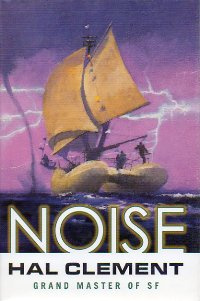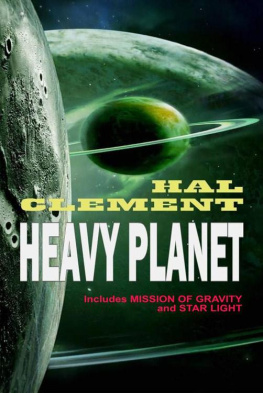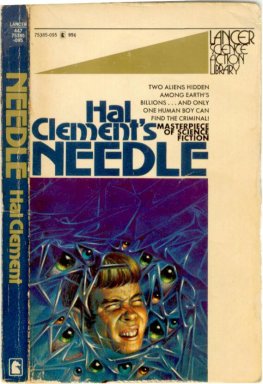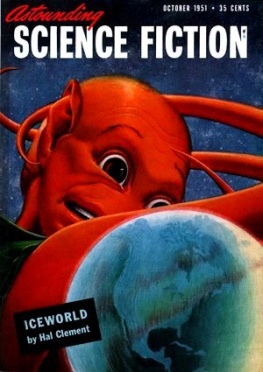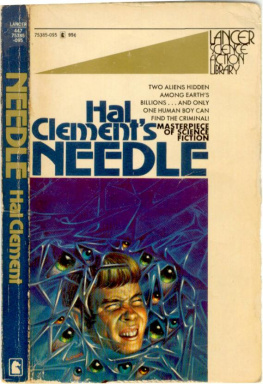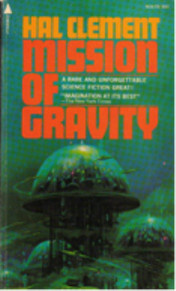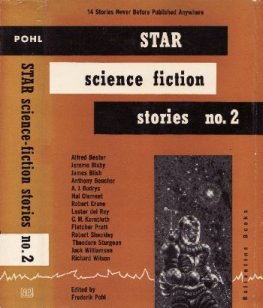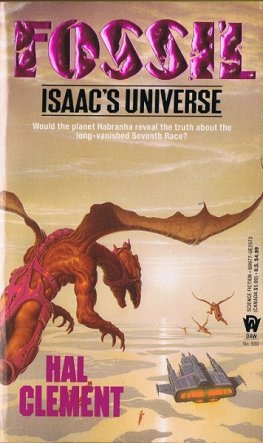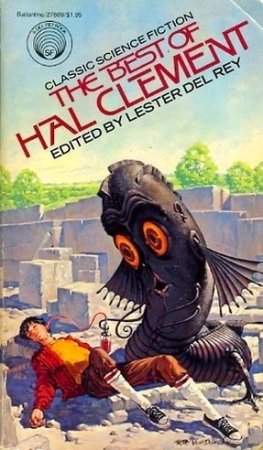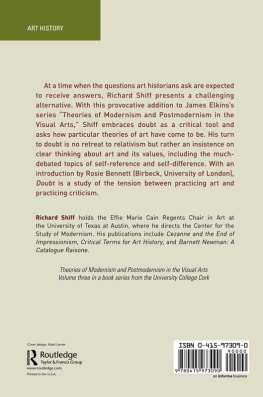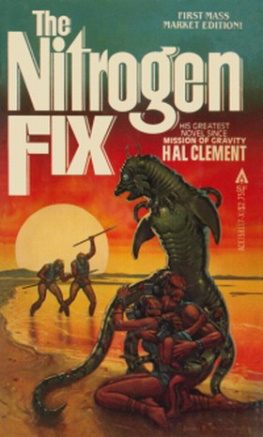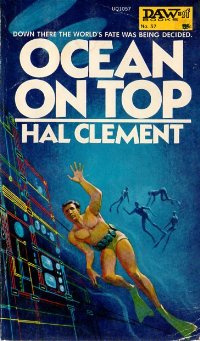Annotation
Hal Clement, the dean of hard science fiction, has written a new planetary adventure in the tradition of his classic Mission of Gravity. It is the kind of story that made his reputation as a meticulous designer of otherworldly settings that are utterly convincing because they are constructed from the ground up using established principles of orbital mechanics, geology, chemistry, biology, and other sciences.
Kainui is one of a pair of double planets circling a pair of binary stars. Mike Hoani has come there to study the language of the colonists, to analyze its evolution in the years since settlement. But Kainui is an ocean planet. Although settled by Polynesians, it is anything but a tropical paradise. The ocean is 1,700 miles deep, with no solid ground anywhere. The population is scattered in cities on floating artificial islands with no fixed locations. The atmosphere isnt breathable, and lightning, waterspouts, and tsunamis are constant. Out on the great planetary ocean, self-sufficiency is crucial, and far from any floating city, on a small working-family ship, anything can happen. There are, for instance, pirates. Mikes academic research turns into an exotic nautical adventure unlike anything he could have imagined.
Hal Clement
Noise
To Tania Ruiz, who came up with the coral when the pumice refused to form.
Acknowledgments
Principal thanks go to the writers group that, I understand, has been named Hals Pals by Harlan Ellison. They have listened, suggested, criticized, encouraged. The membership has been rather variable over the years, but Sherry Briggs, Mona Wheeler, Greg and Anne Warner, Tania Ruiz, Matt Jarpe, and Wendy Spencer have all had their say in this particular Enterprise (pun inappropriate but intended). I dont keep a log of the meetings and hope I havent forgotten anyone. If I have, I apologize; I do notice that as the years go by the insulation is getting frayed.
Other fans who have listened at conventions to a chapter here and a chapter there and have added their comments cant be named here because I dont know most of their names, but I am most grateful to them also.
Hal Clement
Milton, Massachusetts
March 2003
Prologue
Theme
You still say these folks dont have a Chamber of Commerce? Mike Hoani made no effort to hide his skepticism.
Right. Theres no native life that anyone had found the last I knew, but theyve plenty of experience with pseudolife design; cities, ships, life-support equipment, are all grown just as they are at home. Their offworld trade is mostly specialized seeds, which dont fill freighter holds very well. They havent much to offer to tourists; when youve seen one mist-shrouded floating city and a few square kilos of misty ocean with no city, youve pretty well covered the scenery. Most of the people Ive met there seem friendly enough to visitors, though you may meet exceptions of course, but a few generations in one-third gee means they cant do much visiting themselves.
So its just coincidence we popped into real space just where and just when we could see two eclipses at once? Mike nodded at the screen. You dont get a small honorarium for arranging that, after we set down?
Hi-Vacs navigator didnt answer at once. She, too, was staring at the image. The two partly overlapped stellar disks didnt quite blend with each other; an M5 sun is enough cooler than an M4 to let even the human eye detect its lower surface brightness, especially when the cooler one is closer to the viewer and partially covering its twin. The double planets images, similarly overlapped, were less informative; they were not quite in the same direction as the suns, and showed only thin crescents, one half erased by its twins shadow.
If Id set it up, the navigator remarked at length, Id have composed the picture better. Everything is practically in a straight line. A million kilometers or so that wayher thumb gestured toward the lower left corner of the screenwould have made it an artistic presentation.
Mike, who was not an artist, made no comment. Intellectually, he knew that there was no disgrace in not being an expert at practically everything, but he was still a touch neurotic about displaying his own ignorance. The navigator, after a moments silence, went on.
It wouldnt be much of a problem, of course. Theres a huge locus of positions from which you can see both pairs, sun and planets, in eclipse at once, and the periods of both are short enough, goodness knows. The chances of popping into real space and being greeted by a view like this are pretty good.
Mike nodded, somewhat doubtfully.I suppose so. Which of those crescents is Kainui? And where do we land?
I dont know, to both questions. Kainuis just a little bit the larger, but from here I cant tell by eyeball. Muamoku is the only place we can set down, at least usefully, but itll take time to find it.
You dont have a chart of some sort? Arent there guide beacons?
You havent learned much about the place, have you? No, I dont have a chart. Neither do the people who live there. Both planets are water worlds, though Kaihapa hasnt been settled. Only the polar ice caps and the equatorial permanent rain belt can be distinguished from space, theyre not too clear with all the haze, and wouldnt help anyway with the longitude problem. The cities float; they dont stay put. Why are you going there, anyway? I thought anyone would learn something about a world before starting an expensive trip to it.
Research, and Im not paying the freight. I care more about the people than their planet. I know several of the alleged reasons why they left Earth; for example, a lot of Polynesians got tired of the way oil-processing pseudolife stations were crowding the Pacific. There was never a war over the matter, just a lot of very expensive legal squabbling. I dont know why they picked Kainui, even though its all ocean; its not an ocean you can swim in safely, Ive heard, though I dont know why. We know, we think, how many ships went there originally, but we dont know how many arrived safely and succeeded in growing cities. Only one place, Muamoku, seems willing to spend energy on a landing beacon, so its the only place where ships can set down and expect to be in reach of anyone who can talk, buy, or sell. Whatever other cities there are seem quite willing to let Muamoku act as middleman in any off-planet trading. Im a historical linguist by training and taste, and Im looking for information on language evolution. All the original shipsthat we know of, at leastleft Earth from various Polynesian islands. We know the times they started out. Some people think therell be only one language by now, but I doubt it. That has to be affected by how much and in what ways the cities have been in contact with each othertrading, war, religious difference, what have you. Im reasonably fluent in a dozen Polynesian languages, especially Maori and Tahitian, and should be able to figure out at least something of whats happened, and when, and maybe even to whom.
Brute information, you mean?
Normal human curiosity, Id call it.
Well, dont go swimming. Thats something I do know.
Why not? Ocean acid, or something?
Yes, as it happens, but thats not the main problem. Theres continuous seismic activity at the ocean bottom, and if you swim without armor youre lucky to last five minutes without suffering the fate of a dynamited fish. Theres enough carbon monoxide in the air to kill you in minutes, enough carbon dust to hinder visual communication seriously, and enough ionized haze to block practically any e-m communication. A lot of my friends think they picked that world because no one else would want it. There must be some reason they dont get rid of the COeven I can think of pseudolife genera able to do that in a few decades. Youre a historian, you say; maybe you can find out while youre poking around.

